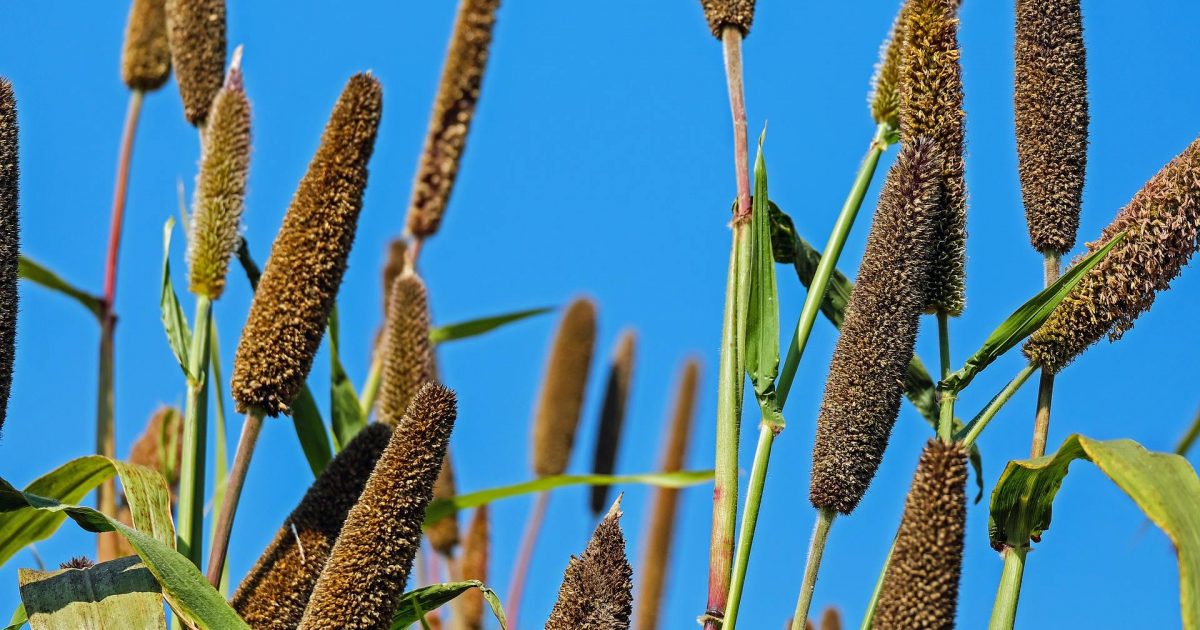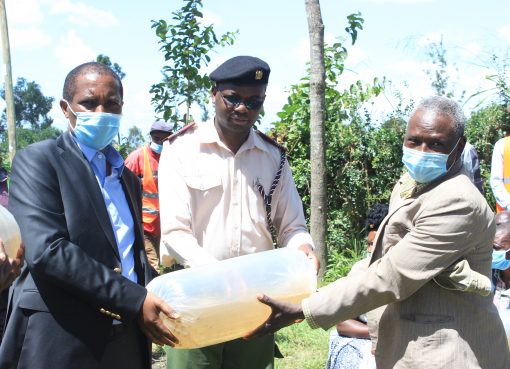Millet farming in Busia has received a major boost following the introduction of high-yielding millet varieties to subsistence growers in an effort to scale up production and boost the county’s food security.
The programme, supported by the Centre for Behaviour Change and Communication (Cbcc), the Kenya Agricultural and Livestock Research Organisation (KALRO), and the Kenya Plant Health Inspectorate Service (KEPHIS), will benefit over 5000 farmers after it is rolled out at the start of 2025.
Already, the programme has been successfully piloted among selected farmers in Teso South subcounty, where selected farmers are propagating certified seeds ready for market.
It will involve planting high-yielding finger millet instead of the traditional millet varieties, which farmers have consistently grown over the years.
According to Emmanuel Eshitemi, an agricultural officer at Cbcc, the primary objective of this project is to adopt new millet varieties which have a fast maturity rate and are drought-resistant to cope with the changing climate globally.
This will help meet market demand with the growing population and current advocacy by nutritionists for diabetic and hypertension patients to use products from Millets.
“After research and market survey, we intend to reach out to at least 5,000 farmers in Busia County to be able to produce the millet crop whose demand has increased in recent days,” said Eshitemi.
“The key objective of this programme is to support farmers in the production of millet using certified seed, and we are targeting both youth and women.”
Farmers piloting the programme have already planted the millet and are set to harvest before the end of the year in areas around Adung’osi, Akobwait, Simba Chai, and Olepito.
KALRO Alupe has the mandate to supply the seedlings to farmers, whereas KEPHIS has the sole mandate to ensure the standards are not compromised for the benefit of farmers and consumers.
The aggregation centres also act as learning centres where farmers regularly meet to exchange ideas on how to better produce the crop.
“We will empower our farmers by encouraging them to use certified seed,” Eshitemi said.
Farmers piloting the programme told KNA that with the adoption of high-yielding millet varieties, small-scale growers will get the opportunity to make more money with increased production.
Martha Oporia, a farmer from Adung’osi, said local millet breeds come with low yields, which lowers the commercial benefits of millet production.
“Initially, I used to plant local millet varieties, which are planted by broadcasting. We rarely applied fertiliser, and therefore the yields were low,” Oporia, a seasoned millet farmer, said.
In Busia, millet is the third most important cereal after sorghum and maize in terms of area under production, covering a total land area of 37,000 hectares, according to the 2019 Census.
The crop is primarily grown for its grain, which serves as food, providing over 65 per cent of the carbohydrate requirements and 30 per cent of the daily calorie intake for humans.
Millet is pocket-friendly when it comes to processing and storage, with most farmers now sourcing ready-market from breweries.
“The choice of seed is the primary determiner for the final product. I encourage my fellow farmers to start planting certified seed from KALRO because once you plant and you have followed all the measures, you will get maximum yield compared to the local breed,” Oporia added.
The county government of Busia has been at the forefront of supporting the revitalization of agriculture to help incorporate a holistic approach into the sector.
“The improved varieties not only withstand the dry weather but are also resistant to diseases and have higher nutritional value. They give better yields,” said Simplicius Mukoko, the CEC for Agriculture.
By Absalom Namwalo





